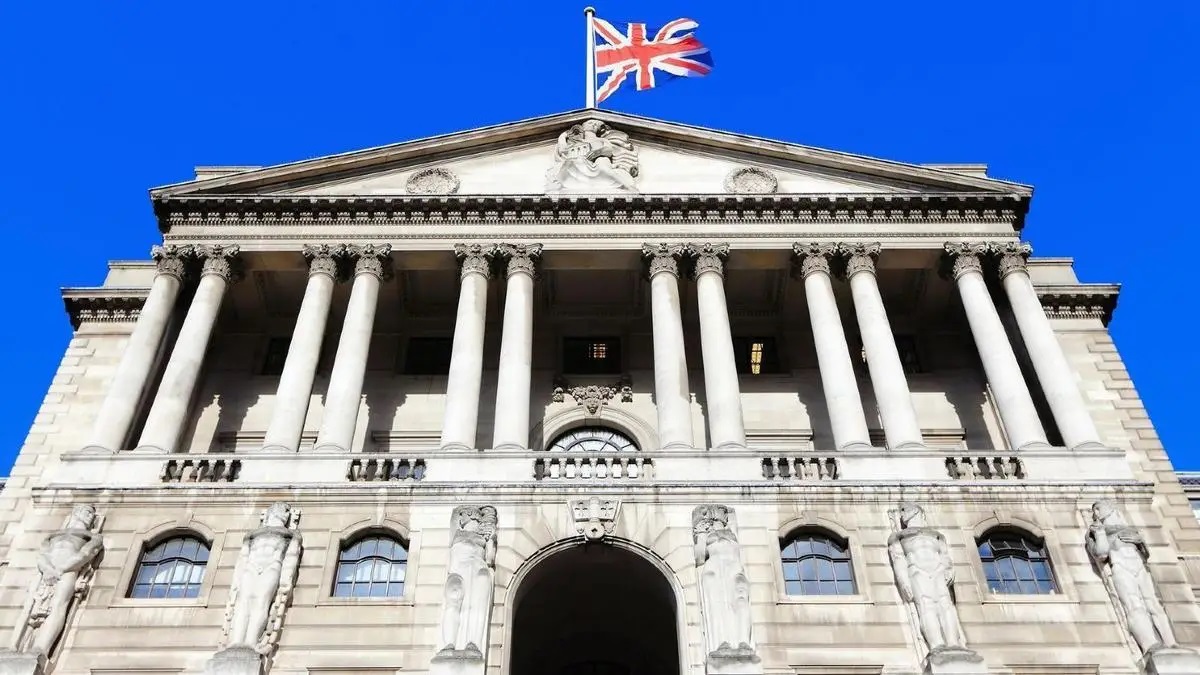The Bank of England, often regarded as a steadfast guardian of financial stability, possesses a unique perspective that goes beyond its role as a central bank. This article explores what Kavan Choksi says on the Bank of England, from a distinctive angle, highlighting its dual identity as both a contemporary economic institution and a living repository of historical legacy.
A Historical Time Capsule
- Founded in 1694: The Bank of England was founded in 1694, making it one of the world’s oldest central banks. Its rich history traces back to a time when Britain was a maritime superpower and the Industrial Revolution was yet to transform the world.
- Architectural Symbolism: The Bank’s imposing Threadneedle Street headquarters, designed by Sir John Soane and John Gibson, is a symbolic testament to its historical significance. The building itself is a living relic of neoclassical architecture and the economic power of the British Empire.
- Historical Records: The Bank houses extensive archives, including ledgers, records, and documents that chronicle centuries of economic and financial history. These records offer a unique window into the economic challenges, crises, and triumphs of the past.
A Guardian of Financial Stability
- Monetary Policy: The Bank of England is the steward of monetary policy in the United Kingdom. It controls the issuance of currency, sets interest rates, and manages inflation, playing a pivotal role in shaping the nation’s economic landscape.
- Financial Regulation: Beyond monetary policy, the Bank is responsible for financial regulation and stability, ensuring that the country’s financial institutions operate safely and soundly.
- Economic Crisis Management: The Bank has been at the forefront of managing economic crises, including the global financial crisis of 2008, employing unconventional monetary tools and strategies to stabilize the economy.
Innovating for the Future
- Digital Currency Exploration: The Bank of England is actively exploring the possibility of issuing a central bank digital currency (CBDC), underscoring its commitment to innovation in the digital age.
- Climate Change Initiatives: Recognizing the importance of environmental sustainability, the Bank is addressing climate-related financial risks and supporting green finance initiatives.
- Fintech Collaboration: The Bank collaborates with fintech firms, embracing technological advancements in the financial industry and fostering innovation in payment systems and financial services.
The Bank of England’s unique perspective as both a guardian of economic stability and a living repository of historical legacy makes it an institution of unparalleled significance. Its storied history, architectural symbolism, and extensive records offer a glimpse into the economic evolution of the United Kingdom and the world. Simultaneously, its contemporary role as a central bank positions it at the forefront of financial innovation and stability in the digital age. As it balances its historical legacy with its future-oriented initiatives, the Bank of England remains a cornerstone of economic stability and progress.









